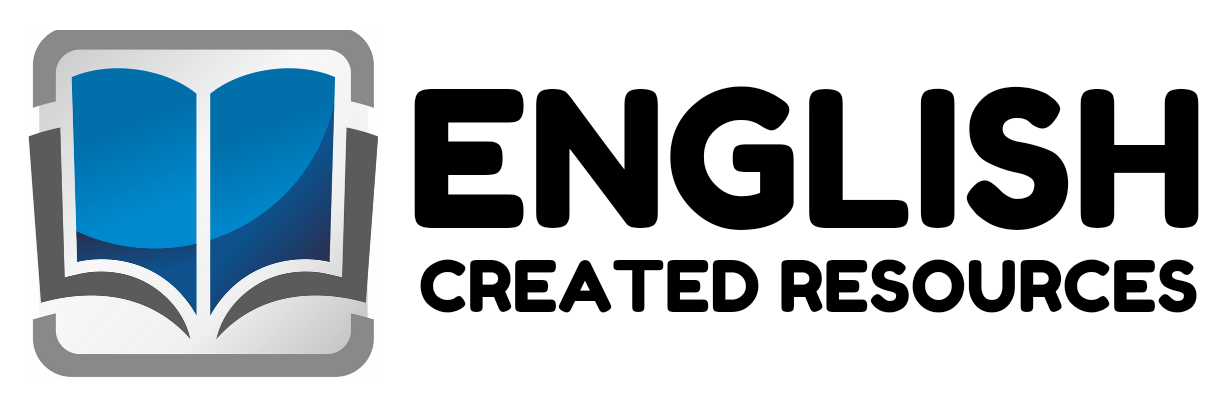Numbers 1-20 Easter Egg Counting Puzzles

Numbers 1-20 Easter Egg Counting Puzzles
Preschool is a critical time in a child’s life for building foundational skills in cognitive, physical, emotional, and social development. It is also when children begin to explore and understand the world through play. One of the most engaging and educational tools used in early childhood education is the counting puzzle—specifically, themed puzzles like Easter Egg Counting Puzzles that incorporate numbers 1 to 20. These puzzles offer much more than just number recognition; they promote holistic development in a way that is both enjoyable and effective.
1. Foundational Numeracy Skills
At the heart of Easter Egg Counting Puzzles lies the development of early math skills. Learning to count from 1 to 20 is a fundamental milestone in preschool education. By using themed puzzles that involve matching numbers with corresponding quantities, children engage in hands-on learning that strengthens their understanding of numerical order, quantity recognition, and one-to-one correspondence. These are essential pre-math skills that lay the groundwork for more advanced mathematical concepts in later years.
2. Fine Motor Development
Manipulating puzzle pieces—especially ones shaped like eggs or halves of an egg—requires the use of fine motor skills. Children must pick up, rotate, align, and fit the pieces together, all of which help strengthen the small muscles in their fingers and hands. These skills are critical for everyday tasks such as writing, buttoning clothes, and using scissors. Easter Egg Counting Puzzles provide a playful way to practice fine motor coordination in a controlled and developmentally appropriate environment.
3. Cognitive Growth and Problem Solving
Solving puzzles encourages logical thinking and problem-solving skills. Children must observe patterns, recall number sequences, and use reasoning to match the correct number to its corresponding quantity or design. The act of figuring out where each piece belongs fosters critical thinking and cognitive flexibility. Furthermore, when puzzles are challenging yet achievable, they boost a child’s confidence and motivation to take on new tasks.
4. Language and Vocabulary Enrichment
Easter Egg Counting Puzzles also serve as a platform for language development. As children work through the puzzle, teachers and parents can engage them in conversations about numbers, colors, shapes, and patterns. For example, a teacher might say, “Let’s count the dots on this egg. One, two, three… Great! That’s the number three!” These verbal interactions help expand children’s mathematical vocabulary and promote the use of descriptive language.
5. Emotional and Social Skills
Working with puzzles—especially in group settings—encourages cooperation, sharing, and turn-taking. Children learn to ask for help, offer suggestions, and celebrate each other’s successes. These social interactions are vital for emotional development and help preschoolers build empathy and communication skills. Completing a puzzle also provides a sense of accomplishment, which boosts self-esteem and resilience, particularly when children are encouraged to keep trying after initial setbacks.
6. Seasonal Relevance and Cultural Engagement
Introducing Easter-themed puzzles connects children with seasonal events and cultural traditions. Easter Egg Counting Puzzles, with their bright colors and festive imagery, capture children’s attention and enhance their excitement for learning. By aligning learning activities with seasonal themes, educators can make abstract concepts like counting more concrete and meaningful. This kind of thematic learning also helps children relate their educational experiences to the world around them.
7. Encouragement of Independent Learning
Counting puzzles are often designed to be self-correcting, which means children can check their own work and make corrections independently. This fosters a sense of autonomy and encourages self-guided learning. When children can independently solve puzzles, they learn the value of persistence and discover that learning can be both personal and rewarding.
8. Bridging the Gap Between Play and Education
Perhaps one of the greatest strengths of Easter Egg Counting Puzzles is how they seamlessly combine play with learning. Preschoolers are naturally curious and learn best through exploration and hands-on experiences. By incorporating academic concepts into fun, seasonal puzzles, educators and caregivers can harness a child’s innate desire to play while simultaneously guiding them toward essential educational goals.
Get More Easter Activities Here
Numbers 1–20 Easter Egg Counting Puzzles are more than just a fun holiday activity—they are a multifaceted educational tool that supports nearly every aspect of a preschooler’s development. From building core numeracy skills to enhancing fine motor coordination, language, and emotional growth, these puzzles offer a rich, engaging experience that fosters holistic learning. By integrating festive themes into classroom activities, educators can create joyful learning environments that nurture a lifelong love of numbers, problem-solving, and discovery.
Samples From the Puzzles











